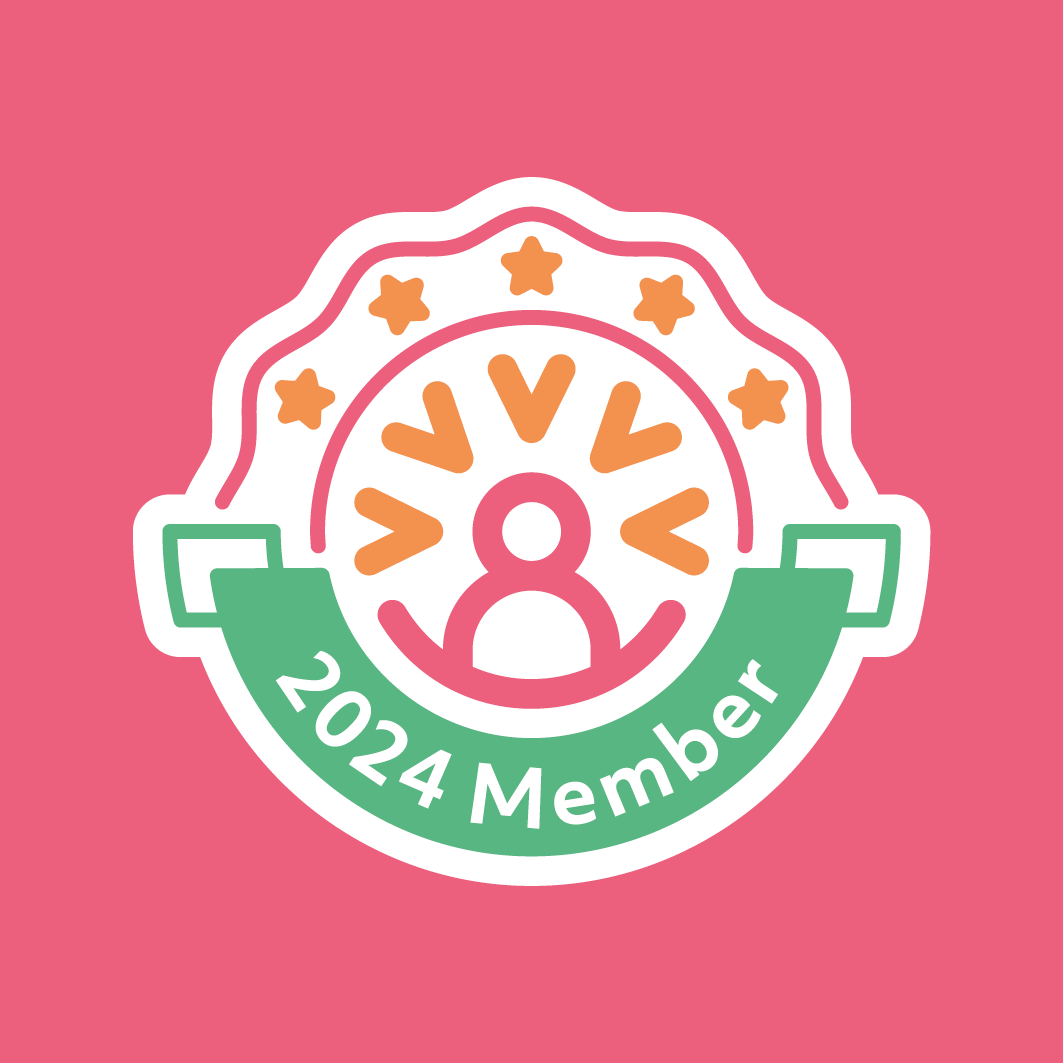The road to safer journeys for children and young people
19 Jun 2024
With responsibility for road safety learning and publicity, Road Safety Scotland’s (RSS) learning resources have always been ‘child-centric’, co-produced with teachers and pupils, and linked to Curriculum for Excellence.
Aiming to ensure all learning resources are of a high quality and fully fit-for-purpose, RSS recently commissioned The Leith Agency to create new educational material for several of its online resources. Working with Children in Scotland's Policy, Projects and Participation Team, RSS also sought the voices and opinions of children and young people to ensure the information would engage learners in a way that was appropriate, relevant and challenging to them. Here, we find out more.
RSS believes road safety learning should be accessible for all children and young people in Scotland, with access to key learning made available at every stage on their journey towards becoming safe, independent road users.
The foundation for all RSS activity is a commitment to the use of analysis and evidence, and RSS has been at the forefront of driving an evidence-informed approach to road safety learning and publicity in Scotland for many years.
RSS sees road safety as a lifelong-learning process and, therefore, the knowledge, skills and attitudes which will be required when young people become independent road users – across all modes, including as pedestrians, cyclists, passengers and drivers – need to be embedded from the start.
When it came to creating new digital resources, RSS knew children's voices would be vital, and asked the Participation Team at Children in Scotland (click here for more) to help support the involvement of young people to share their views on the review and re-design.
Parisa Shirazi, Children in Scotland’s Senior Policy, Projects and Participation Officer, who helped lead recent in-person sessions explained: “Our approach to engagement is framed around the United Nations Convention on the Rights of the Child (UNCRC) with a focus on Article 12, which states children and young people have the right to have their views heard on the issues that affect their lives.
“Young people have invaluable perspectives, views and voices, and it is our job to create the spaces and opportunities for them to be involved. From our own experience, involving children and young people not only enriches the process of creating new resources or policy ideas, but also makes the end result so much better than it would have been.”

In the first phase of the project, Children in Scotland worked with secondary school pupils, delivering sessions at King’s Park Secondary School in Glasgow, and Marr College in Troon.
Parisa continued: “We spent time with pupils to see what they think young people should learn about in road safety, find out their views on the current resources available, and give them the chance to come up with their own prototypes of fun resources to share their ‘top tips’ with the designers.
“We were really impressed with the thoughtfulness and insight of the young people, who came up with ideas such as a future-proofing ‘cringe check’ of the new resources carried out by young people before they go out.
“We are currently involving more children and young people across Scotland in this work, through delivering sessions in primary schools and specialist support settings, and sharing an engagement pack that education staff can use with pupils. We look forward to hearing their ideas.”
RSS is currently undertaking a review of all its road safety learning resources to ensure they are accessible for children and young people with mild-moderate additional support needs, while also developing a new road safety resource for children with complex additional support needs, which will be ready by spring 2025.
With resources spanning the 3-18 curriculum, RSS says it is imperative learners are engaged in experiential and active learning, helping them prepare to make safer choices to protect themselves and others in the road environment.
Debbie Nicol, from Road Safety Scotland, added: “Many children and young people don’t have the ability to make good judgements about safe road use, and a lack of experience means they are at greater risk.
“These days, children and young people enjoy more freedom and travel further from home to school, college or social events and, although their road safety knowledge is high, it’s often not used. They may know what they should do – but they often make mistakes or are unsure of how to use their road safety knowledge.
“Updating our resources has been vital to ensure children and young people’s learning about road safety is not only age-appropriate, but a lifelong practice that is both accessible and engaging.”
To find out more about the road safety engagement work with children and young people, click here read the full report or visit roadsafety.scot

Road Safety Scotland
Discover learning resources and advice for helping everyone stay safe on roads.
Click here for more
Our membership offer
Be part of the largest national children's sector membership organisation in Scotland
Click here for more
Participation and engagement work
Find out more about how we embed the inclusion and participation of children and young people in our work
Click here for moreEnquire
Find out more about Enquire, the national advice and information service for additional support for learning
Visit the websiteReach
The website for young people offers advice and support on accessing their rights
Visit the website